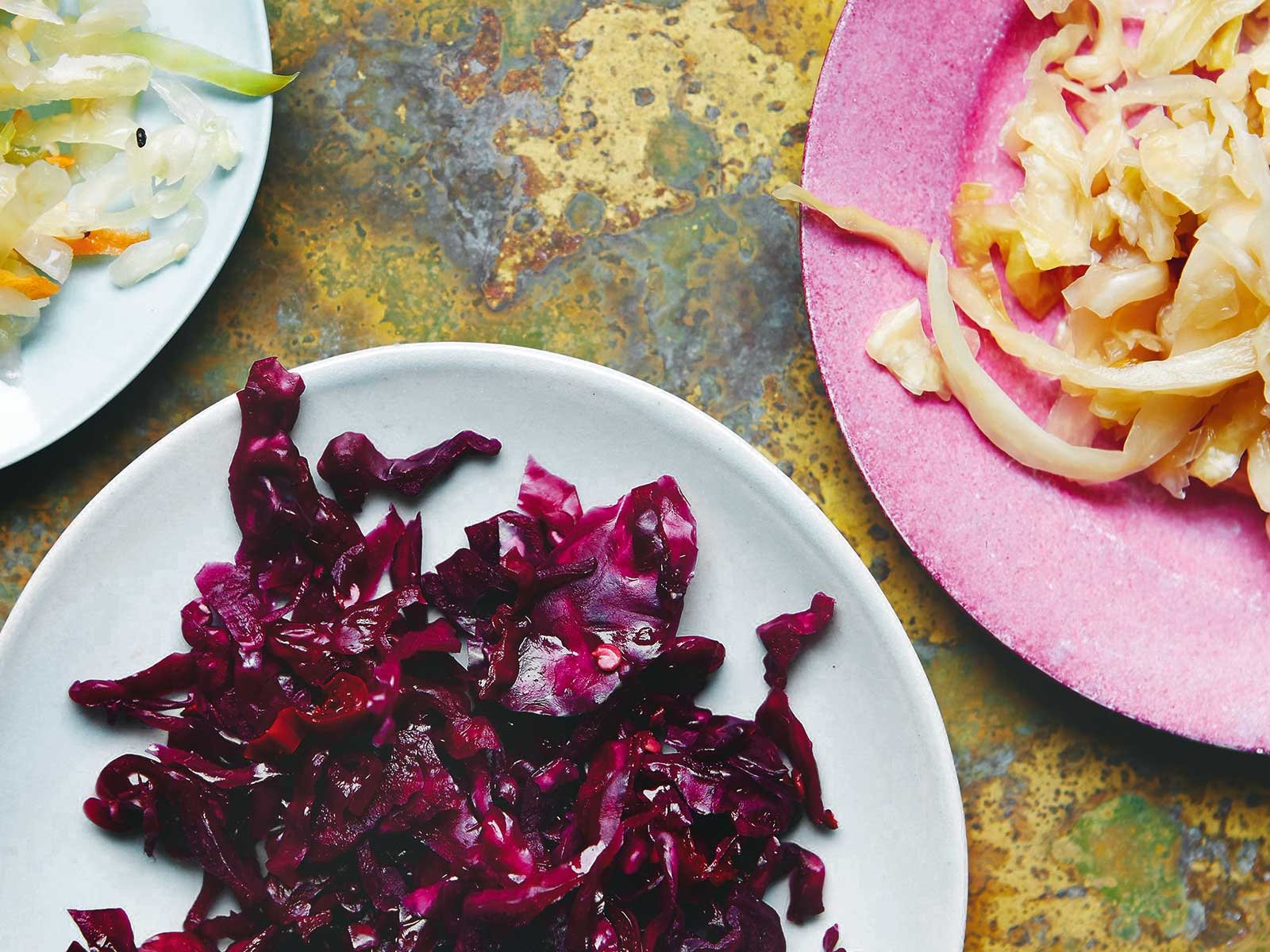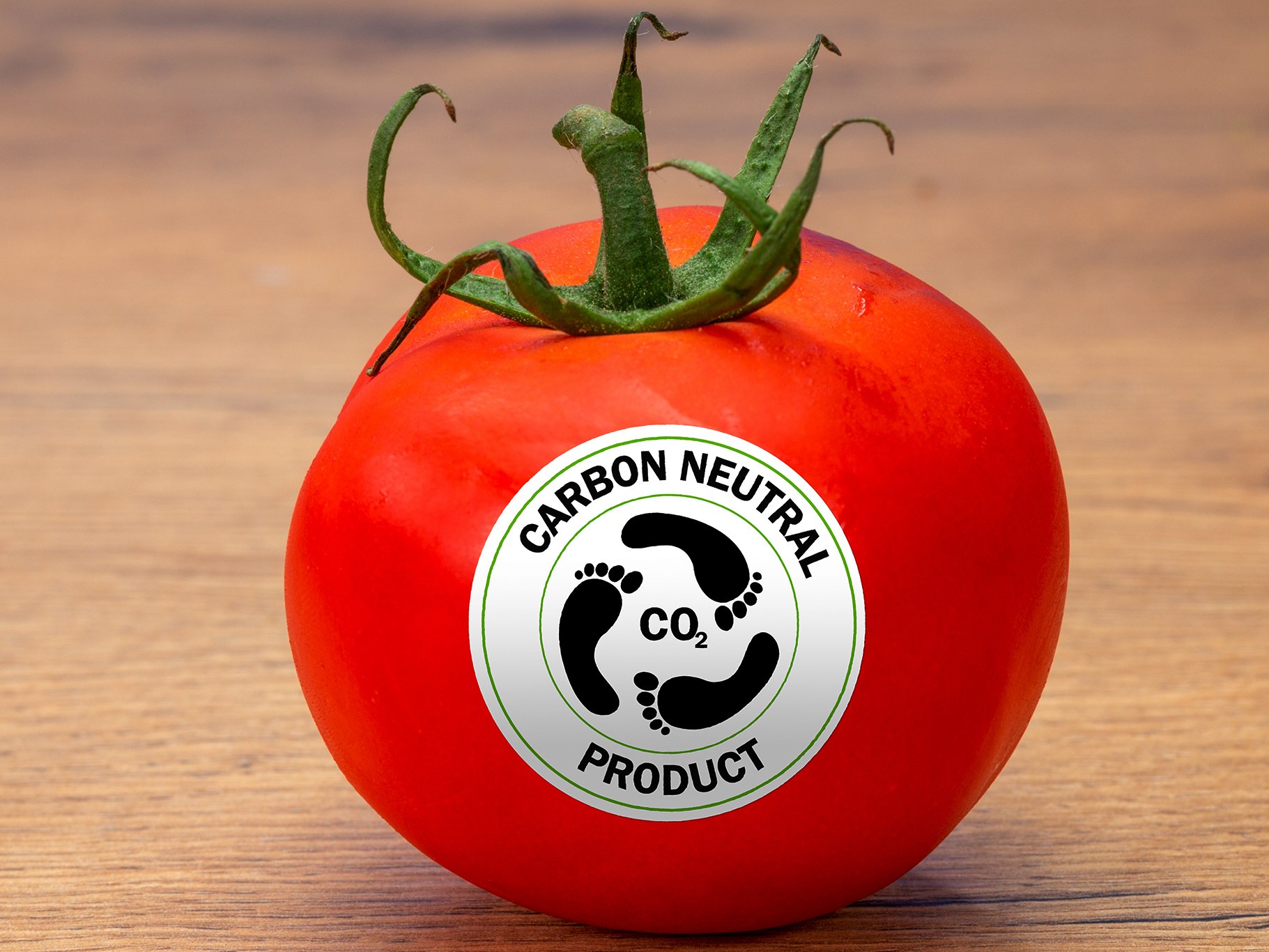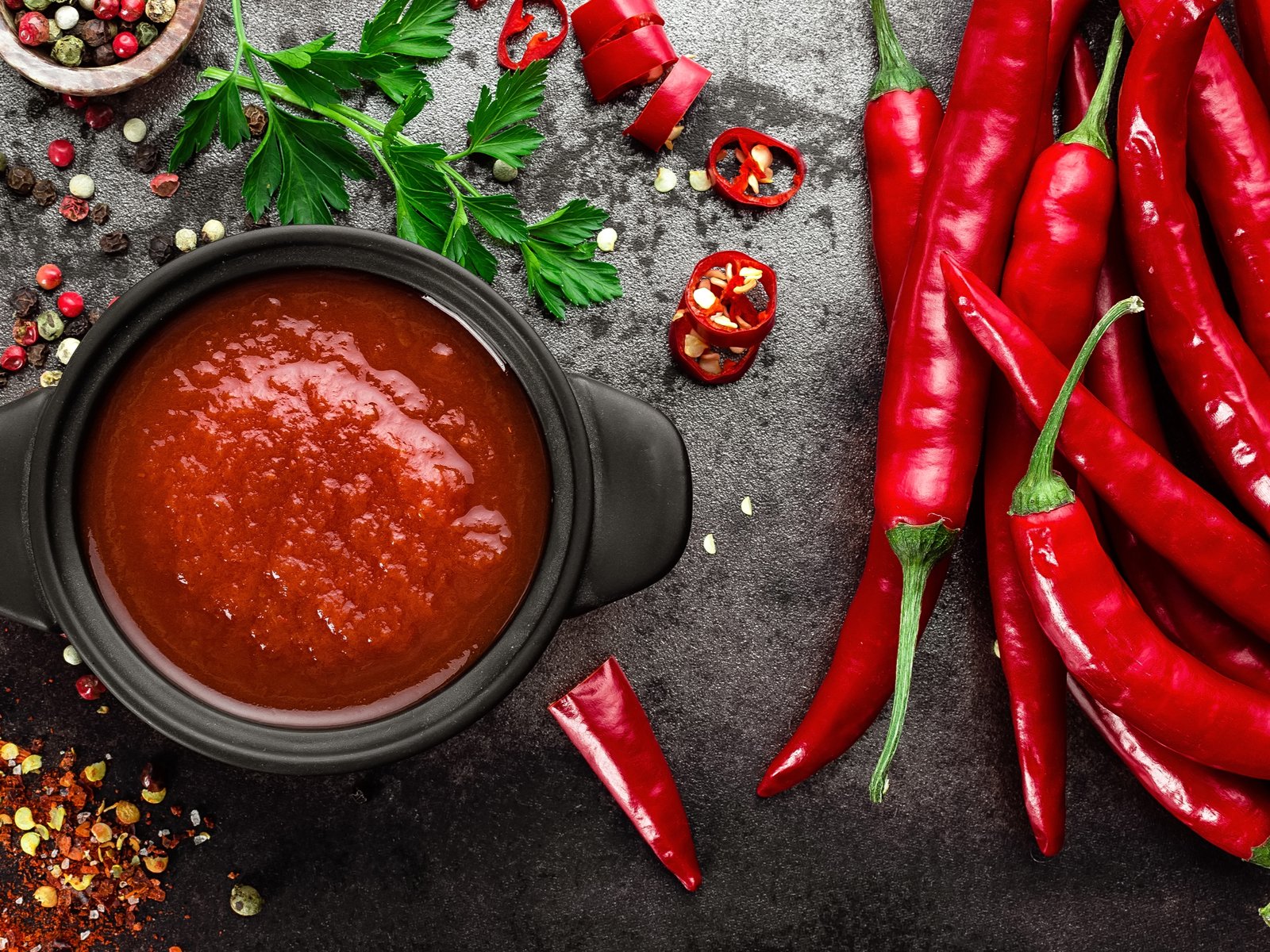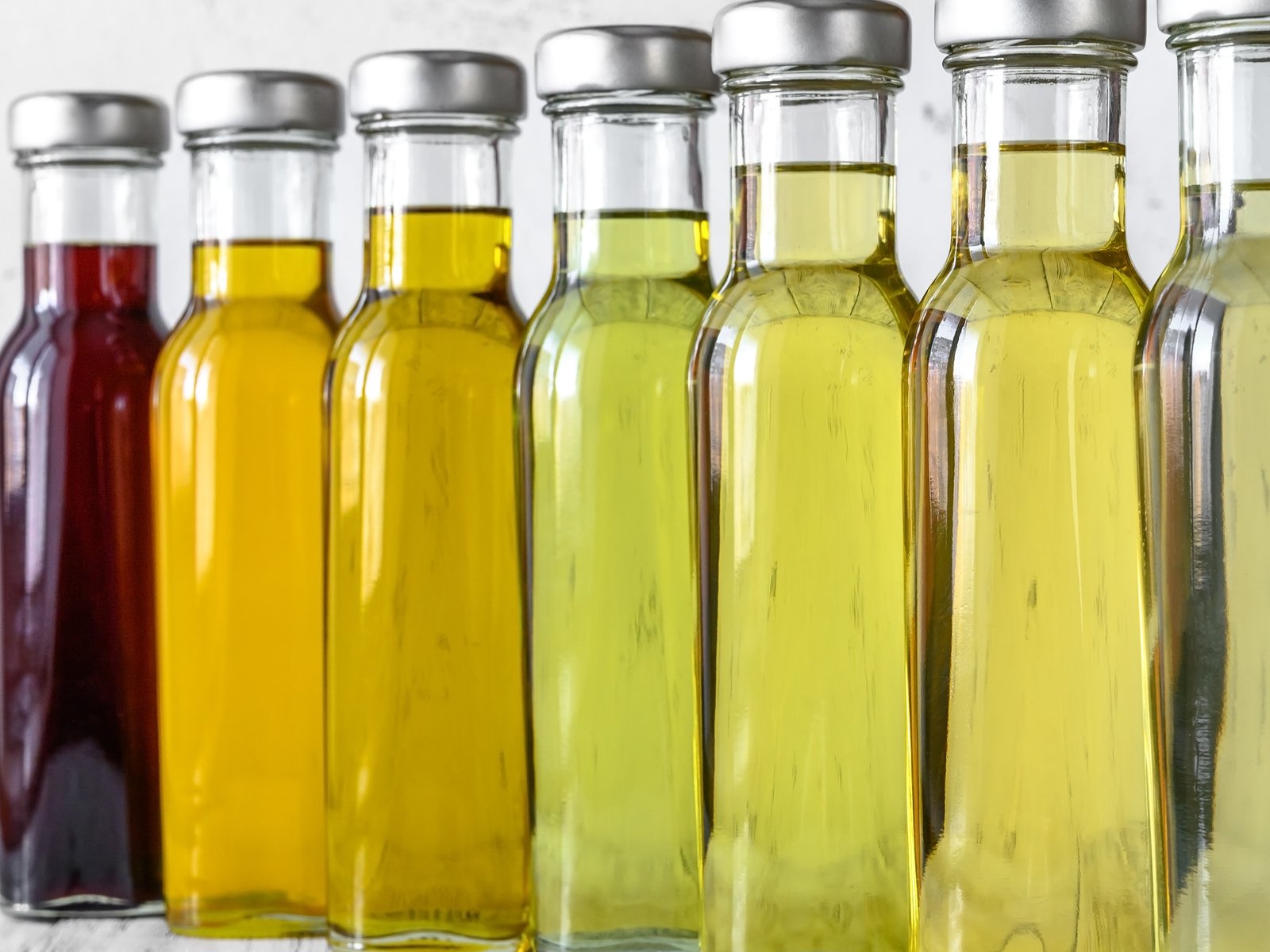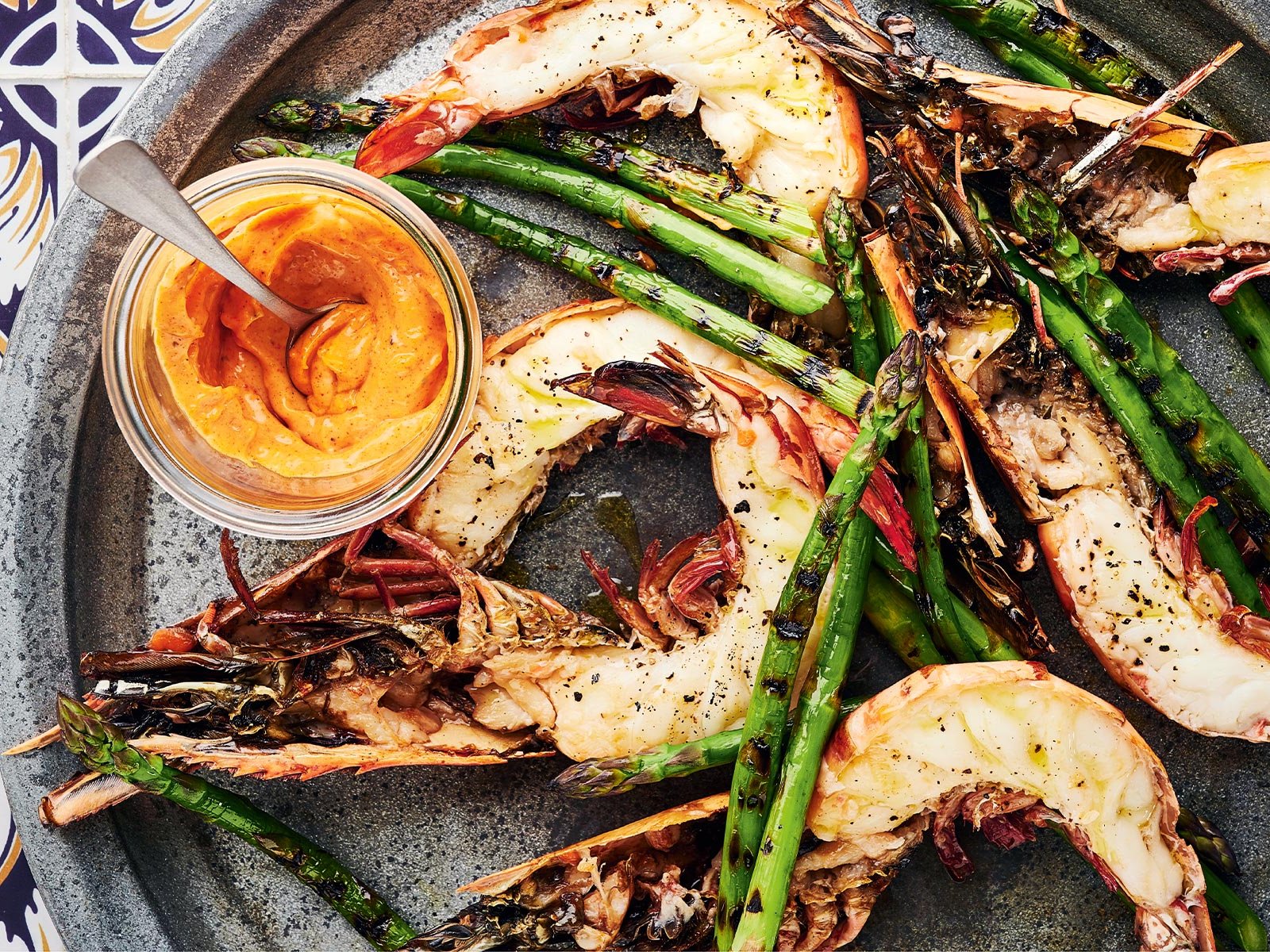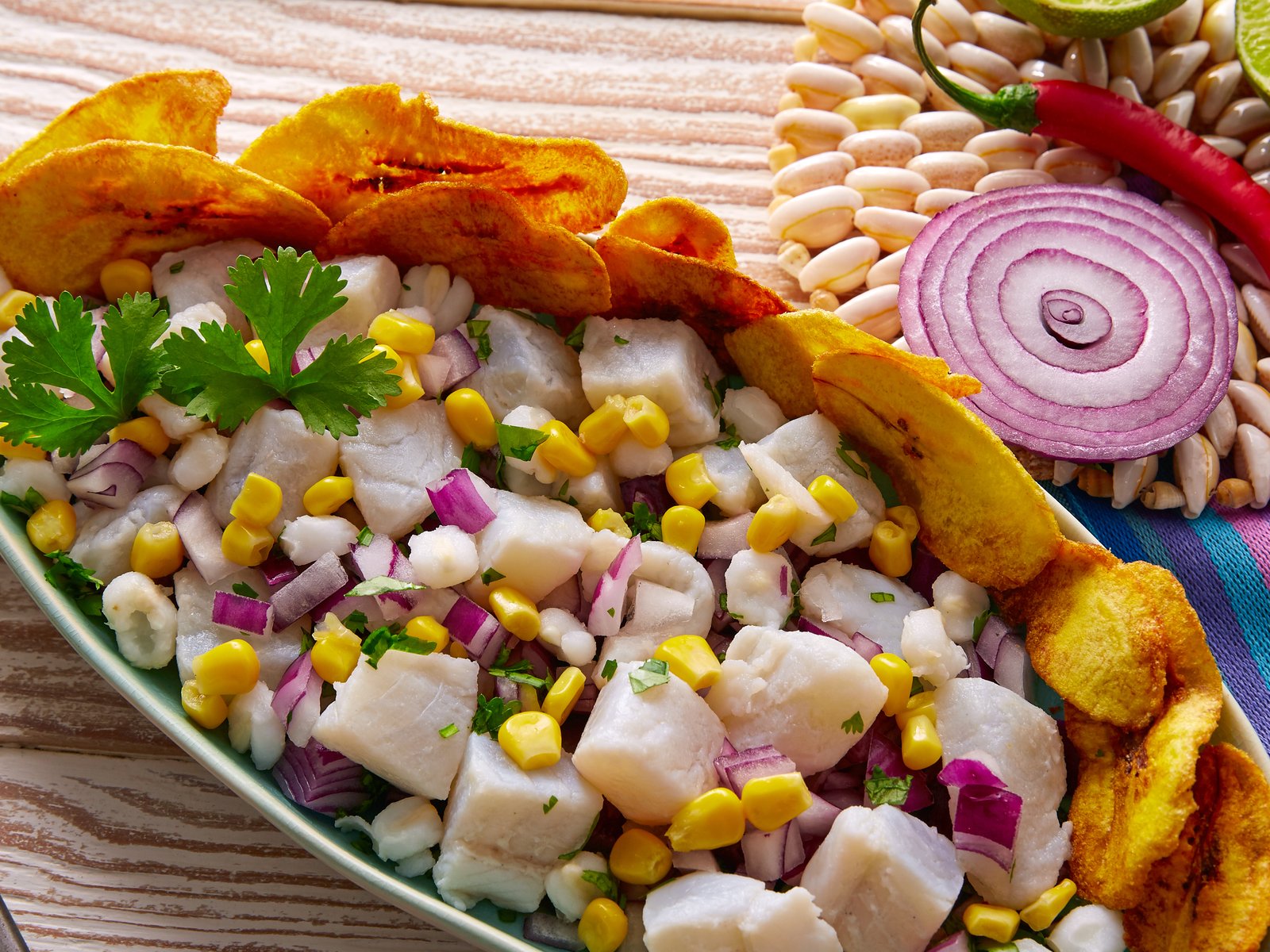How to Preserve Monster Harvests Using a Dehydrator
Dried fruits, vegetable chips, seasoning powder, or beef jerky – dehydration will easily turn a surplus harvest into a healthy, delicious stockpile. Here's how to do it.
If you are lucky enough to have a monster harvest from your garden this summer, you'll be facing the question of how to preserve it. After all, who wouldn't want to enjoy a surplus of seasonal fruit and vegetables for longer?
Drying: the oldest method of preservation
Drying is the oldest method of preserving food. You can dry almost anything, from herbs to fruit and vegetables, nuts and seeds to mushrooms, and even meat and fish.
Fresh fruit can be transformed into healthy snacks that can be eaten even in winter. Drying preserves it for months, at least half a year.
Fireworks for the palate
Dried fruits are not only suitable for nibbles, they also enrich an array of dishes and can be used in many ways in the kitchen. The most exciting thing about this method is the change in taste: by removing water and thus reducing the volume, the taste is intensified and the natural aroma concentrated.
The well-known taste of courgette, for example, unfolds completely new flavour nuances. Beetroot powder adds colour and an earthy sweetness to dishes while dried mushrooms can be used to make a spice powder that gives spicy dishes just the right amount of zing. It is not just in soups, stews or risottos that dried mushrooms are a real treat for the palate.
Gentle dehydration
The best way to dry is with a special food dehydrator, but you can also simply air-dry or use the oven. It is important to leave the oven door ajar so that the moist air can escape. You should also keep an eye on the temperature with an oven thermometer.
To preserve as many vitamins and minerals as possible, you should dry your food at the lowest possible temperature. However, too little heat is not good either, otherwise you make it too easy for microorganisms to multiply. The ideal drying temperatures also differ depending on the food:
- Herbs: 35–52°C
- Vegetables & mushrooms: 49–57°C
- Fruit & fruit leather: 57–63°C
- Meat & fish: 63–68°C
Tips & tricks for doing it yourself
It is important to cut the food to be dried into very thin, even pieces so that they all dry at the same time. As drying products with peel takes longer, you can peel fruit and vegetables beforehand if you wish. Blanching vegetables beforehand speeds up the drying process. Dipping them in lemon juice prevents them from turning brown. With herbs, you should pluck the leaves for drying.
What to look out for when drying
Depending on the food and method, drying takes between one and several days. When air-drying, the food is hung on strings. The drying room should have low humidity and good air circulation. If you want to use the oven, place the food evenly on baking paper and set the appliance to circulating air mode.
Leafy vegetable chips should become as crispy as possible, but other dried foods should usually still be somewhat elastic, with no wet spots visible.
How to store air-dried food
The most important thing when storing dried foods is not to let them absorb moisture. Seal them an airtight containers or bags, ideally vaccum sealed. They keep best in cool dark places, like a cellar or pantry.

